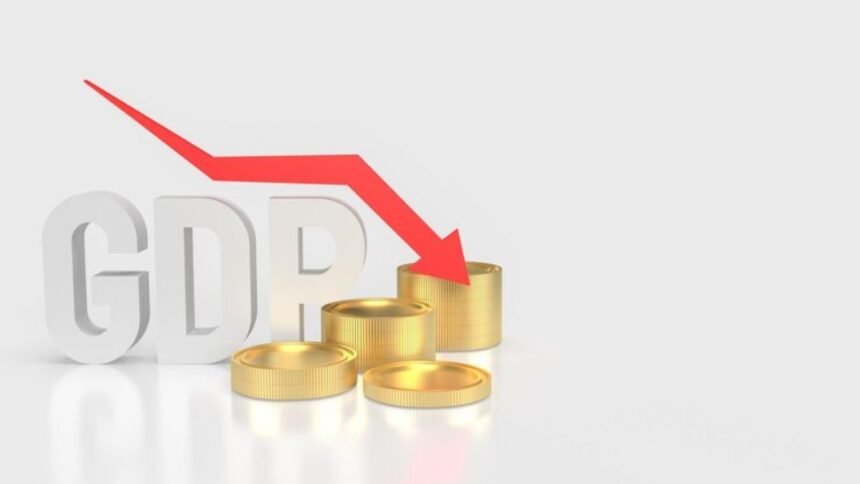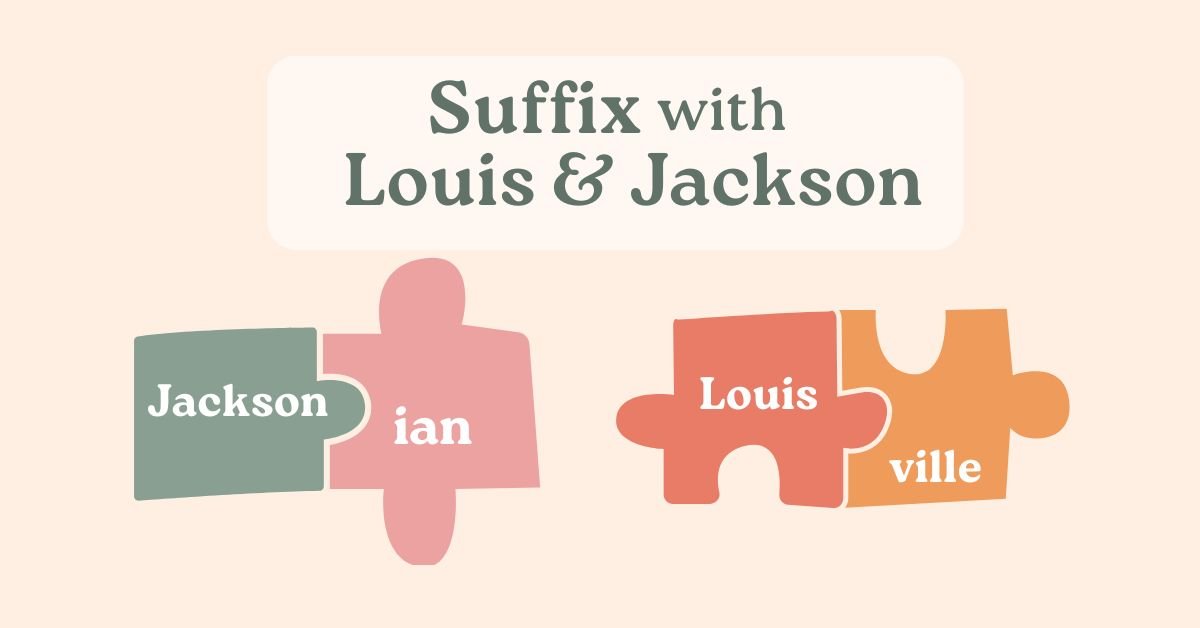In the intricate world of film and media, deleted scenes often serve as tantalizing glimpses into what could have been. They can change the entire perception of a narrative, deepen character development, or enhance thematic elements. Among these elusive pieces of content lies the GDP Deleted Scenes E355, a cut from a larger project that has sparked curiosity and discussion among fans and analysts alike. This article explores the significance of this deleted scene, its potential implications on the overall narrative, and why it matters in the broader context of the media it originated from.
Understanding Deleted Scenes
Deleted scenes are an integral part of the filmmaking process. As filmmakers craft their stories, they often find that certain scenes, despite their initial promise, do not fit within the final vision of the project. These scenes can be removed for various reasons, including pacing, narrative focus, or even runtime constraints. While they may not make it to the final cut, deleted scenes can offer invaluable insights into the creative process and the story’s development.
The Purpose of Deleted Scenes
- Narrative Clarity: Sometimes, a deleted scene can clarify complex plot points or provide background information on characters that helps the audience better understand their motivations.
- Character Development: Scenes that delve deeper into a character’s psyche can create a more rounded portrayal, offering the audience a chance to empathize with their journey.
- Thematic Depth: Deleted scenes can reinforce or challenge the themes presented in the final cut, adding layers of meaning that enrich the viewer’s experience.
- Fan Engagement: The existence of deleted scenes can fuel discussions and speculation among fans, creating a deeper engagement with the material.
The Mystery of GDP Deleted Scene E355
What We Know
The GDP Deleted Scenes E355 is shrouded in a veil of mystery, leading to significant speculation regarding its content and relevance. While the specifics of the scene remain largely under wraps, discussions among fans suggest that it could have offered an alternative perspective on key narrative elements or character arcs.
Speculation and Analysis
Fans and analysts have dedicated considerable time to speculating on what this deleted scene might reveal. Some theories suggest that it provides deeper insight into a character’s motivations, while others believe it could have altered the narrative trajectory significantly. The anticipation surrounding the scene is a testament to the audience’s desire to engage more deeply with the media they consume.
Possible Themes Explored in E355
- Character Backstory: One of the most common areas of focus in deleted scenes is the exploration of character backstory. E355 might have included pivotal moments from a character’s past that inform their present actions, giving viewers a more profound understanding of their motivations.
- Alternate Endings or Outcomes: There’s always the possibility that this deleted scene contained an alternative resolution to key conflicts in the narrative, reshaping the audience’s understanding of the characters’ journeys and the overarching story.
- Philosophical or Ethical Dilemmas: The scene could have introduced moral quandaries or philosophical discussions that resonate with the central themes of the media project, enriching the viewer’s experience by provoking deeper thought.
Why Deleted Scenes Matter
1. Cultural Significance
Deleted scenes often reflect the cultural context in which a film or series was produced. By examining these scenes, audiences can gain insights into the societal norms, values, and issues that influenced the creators. This is particularly relevant in a world where narratives are shaped by current events and cultural dialogues.
2. Fostering Community Discussion
The presence of a deleted scene like E355 fosters a sense of community among fans. Theories, discussions, and analyses bring viewers together, creating a shared experience that enhances their connection to the media and to each other.
3. Understanding the Creative Process
Deleted scenes serve as a window into the creative process, allowing audiences to appreciate the decisions made by filmmakers. Understanding why certain scenes were cut can lead to a greater appreciation of the final product, as viewers recognize the challenges involved in storytelling.
4. Encouraging Critical Thinking
Engaging with deleted scenes encourages critical thinking. Viewers must consider why specific scenes were omitted and how these choices impact their understanding of the narrative. This level of engagement transforms passive viewing into an active dialogue between the audience and the creators.

The Impact of E355 on Viewer Experience
1. Shifting Perspectives
If E355 had made it to the final cut, it could have significantly altered viewers’ interpretations of the story. By providing additional context or alternative viewpoints, the scene could reshape how audiences perceive character dynamics or thematic elements.
2. Emotional Resonance
Deleted scenes often contain moments that resonate emotionally with viewers. If E355 includes such moments, its absence may leave audiences feeling a sense of incompleteness or longing for a deeper emotional connection with the characters.
3. Fan Theories and Speculation
The intrigue surrounding deleted scenes can lead to a plethora of fan theories and discussions, enhancing the overall experience. As viewers share their thoughts on what could have been, they create a rich tapestry of interpretations that deepen their engagement with the media.
Conclusion
The GDP Deleted Scenes E355 stands as a symbol of the complexities and intricacies involved in storytelling. While it may have been omitted from the final cut, its existence invites curiosity and speculation that enriches the audience’s experience. Understanding why this scene matters goes beyond mere content; it delves into the realms of cultural significance, community building, and the creative process.
As fans continue to discuss and analyze the implications of E355, they highlight the enduring impact of deleted scenes in shaping our understanding of narratives. In a world where every detail can influence perception, these lost moments are a reminder that storytelling is an art form full of choices—each one leaving its mark on the audience, whether seen or unseen.
FAQs About GDP Deleted Scenes
1. What is a deleted scene?
A deleted scene is a segment of film or media that was originally part of the production but was removed during the final editing process. These scenes may not make it to the final cut for various reasons, such as pacing, narrative coherence, or runtime constraints.
2. What is GDP Deleted Scenes E355?
GDP Deleted Scenes E355 refers to a specific scene that was cut from a larger media project. It has garnered attention due to speculation about its content and the potential insights it could provide into the story or characters.
3. Why are deleted scenes important?
Deleted scenes can offer deeper insights into character development, clarify plot points, and enhance thematic elements. They can also foster community discussions and provide a glimpse into the creative process behind the production.
4. What themes might E355 explore?
While the exact content of E355 is unknown, it may explore themes such as character backstory, alternate endings, or philosophical dilemmas that resonate with the main narrative.
5. How do fans typically react to deleted scenes?
Fans often engage in speculation and discussion about deleted scenes, analyzing their potential impact on the story. This can lead to a richer understanding of the media and foster a sense of community among viewers.





